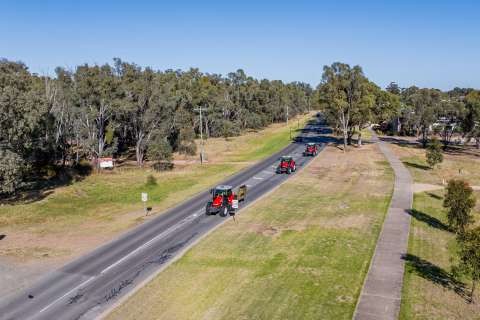The Queensland Resources Council welcomes Federal Labor’s commitment to support the competitiveness of trade-exposed industries, but the policy needed to be more explicit in its support of those industries or it will jeopardise jobs and investment in mining.
QRC Chief Executive Ian Macfarlane said Federal Labor’s policy acknowledged that emissions-intensive trade-exposed (EITE) industries face additional barriers to cutting pollution while staying globally competitive.
“In Queensland, the resources sector contributes more than 80% of the State exports. The equivalent of more than $5 billion every month,” he said.
“It’s an industry that accounts for one in eight jobs in the Queensland workforce. If our competitiveness is impacted, jobs, investment and royalties paid to the Queensland Government will be lost.
“The Palaszczuk Government needs to secure assurances from Federal Labor that the resources industry and the 316,000 Queensland men and women who work in it are not going to be sacrificed under the policy.”
Mr Macfarlane said Labor’s commitment to a “tailored treatment for EITEs under the extended safeguard mechanism” lacked detail. Federal Labor did say:
“This will ensure they face comparable impacts from climate change policies as their competitors do in relevant international markets. Labor will also establish a Strategic Industries Taskforce and $300 million Strategic Industries Reserve Fund to support these industries in finding solutions to cut pollution and remain competitive”.
Mr Macfarlane said the commitment to renewables, through an extension of the Clean Energy Finance Corporation and a pledge for a national electric vehicle target of 50% of new car sales by 2030 would boost demand for key commodities mined here in Queensland.
“The resources industry produces the key commodities necessary to support the expansion of renewables, battery storage and EVs. For instance, you need four times as much copper for an electric vehicle than a conventional vehicle,” he said.
Mr Macfarlane said Federal Labor needed to ensure the enabling infrastructure such as battery charging points and transmission lines to connect renewables, such as solar and wind farms – to the grid.








